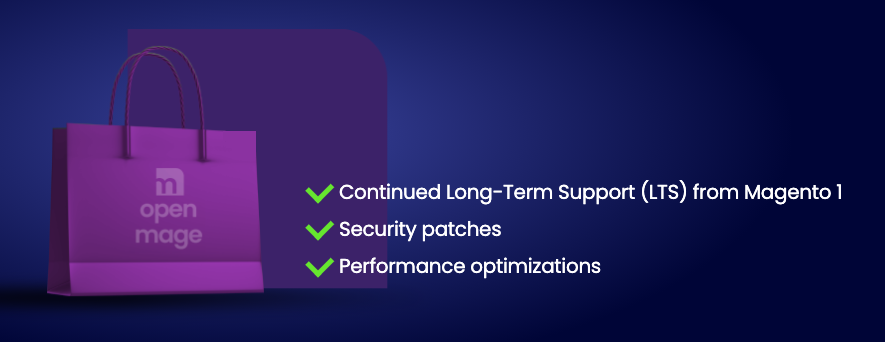Blog Posts tagged with Magento 1
Magento Mobile Theme Overview
It has been really quiet about the official Magento Mobile App so I have done a research for one of my customers that is in need of a solid, cost-efficient mobile solution that does not require building up a new site from ground (i.e. the mobile site should exist in addition to the current webpage – not replace it).
Overview of Zend Framework versions in Magento CE
How to get current URL in Magento CMS Block or Page?
With the following code you can retrieve the current page url in your Magento CMS block or page:
Adventskalender Türchen 05: Magento und seine Bestellstatus – ein Überblick
Für den bekannten Webguys-Adventskalender habe ich einen Artikel geschrieben, in dem es um die Magento Order Status/State-Logiken geht und in dem ich erkläre, wie man ungewollte und falsche Status/State-Kombinationen (z.B. hervorgerufen durch Extensions) verhindert:
Custom Menu ACL is not shown in Magento Role Resources
If you are currently developing a Magento extension with a custom menu for the Magento backend and you are having the problem that the menu is not showing up, this tiny little hint is for you.
A totally different recommendation engine for Magento
How to Improve Magento Performance
Awesome Magento 1 Extensions
Magento 1.9: Downloadable Products cannot be created
In Magento 1.9 there is a JavaScript error on the product page in the backend that prohibits adding links to downloadable products when using the default German localization that ships with this Magento version.
Reduce spam sent via Magento contact form without Captchas
The Magento totals sort order hell
Yesterday I had an interesting problem in a Magento community installation of one of my clients:
Available Magento Code Sniffer rulesets
Basically I recommend following the PSR-2 standard for Coding Style Guidelines in Magento projects. Verifying your coding styles makes sense in any case – whether you are working in a large team of developers or as a freelancer for several clients. Agreeing to one common coding standard and following the rules improves readability and comparability.
Why should I do a Magento upgrade?
Dropshipping possibilities in Magento
LiteSpeed as a Drop-In Replacement for Apache Webserver for Magento 1
How Browsers Restrict Cookies in 2020
Issue with PayPal Express and Customer Checkout Registration in Magento
As the investigation was a rather lengthy process, I’ll tell you the details and of course the easy fix in this post here.
How to avoid duplicate content in Magento?
In the field of search engine optimization (SEO) everyone tries to write the content in best quality from a customer perspective and ultimately also for the search engine. One important aspect therein is to avoid duplicate content as this is a major problem for search engines.
In this post I will clarify what duplicate content is and show a common source of duplicate content in Magento.



